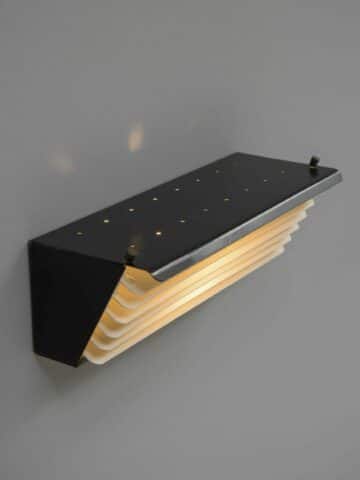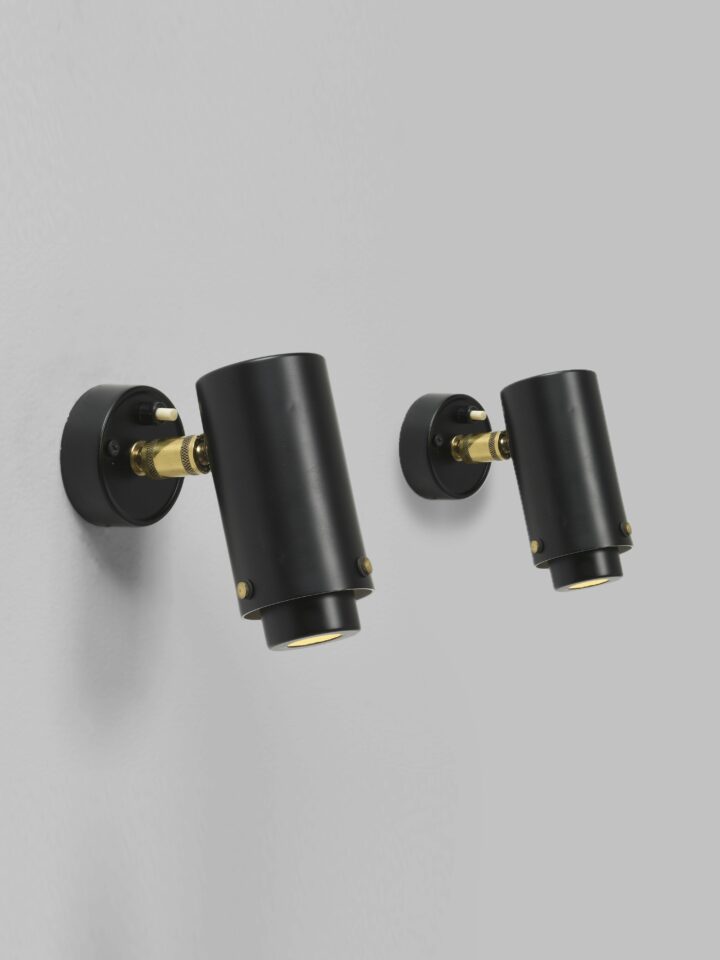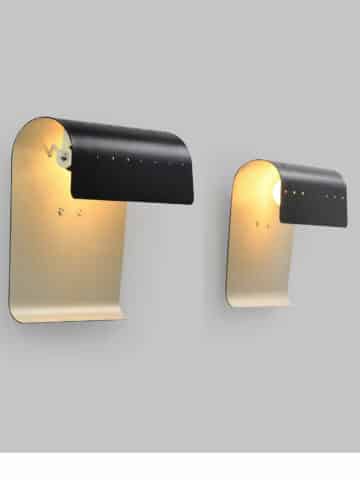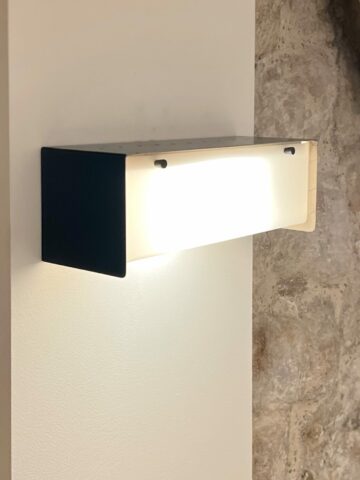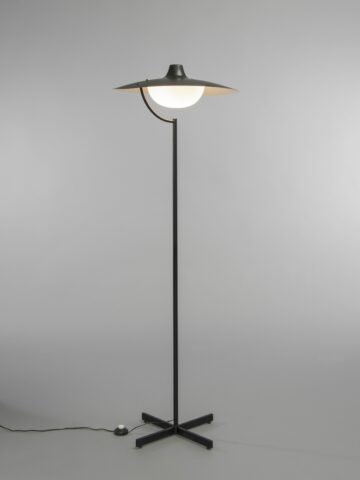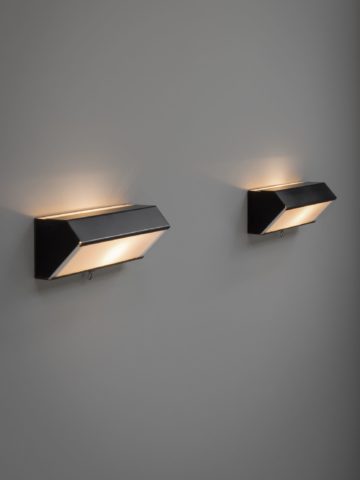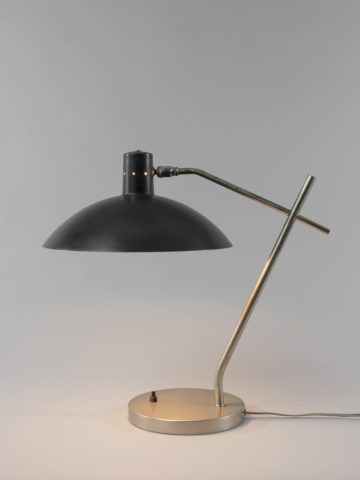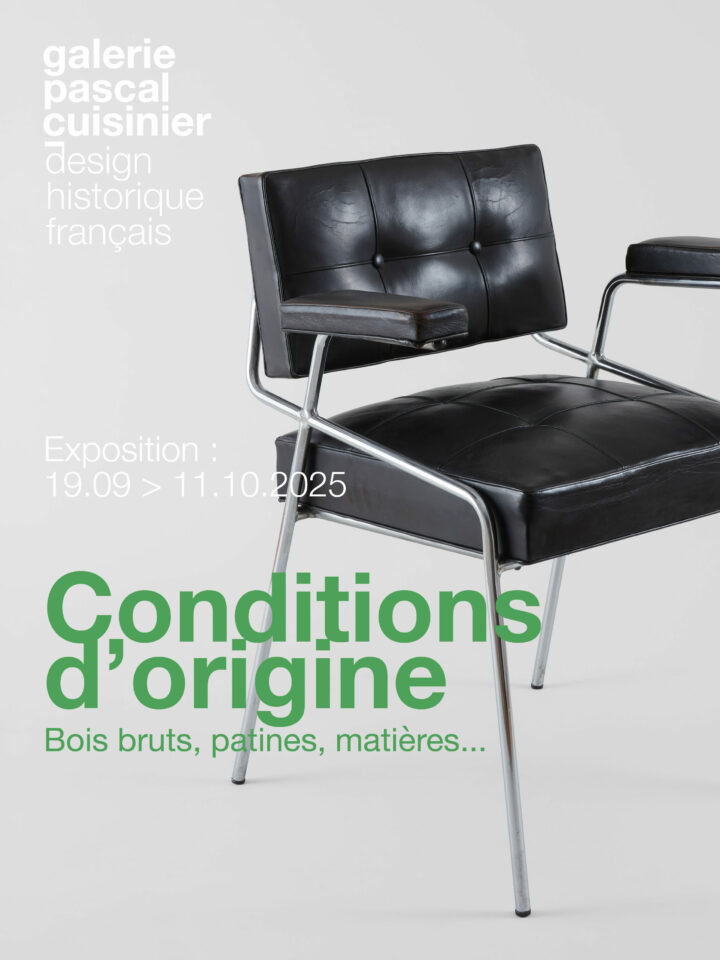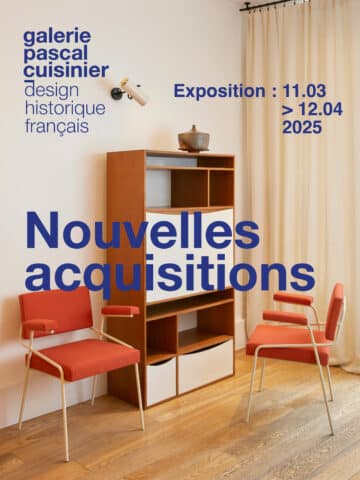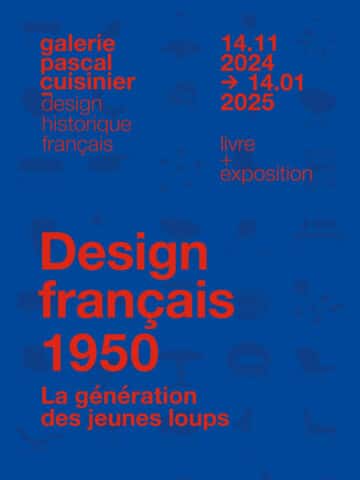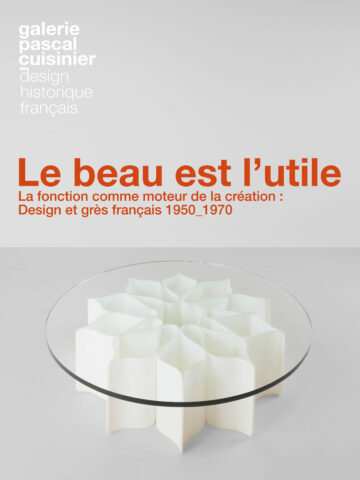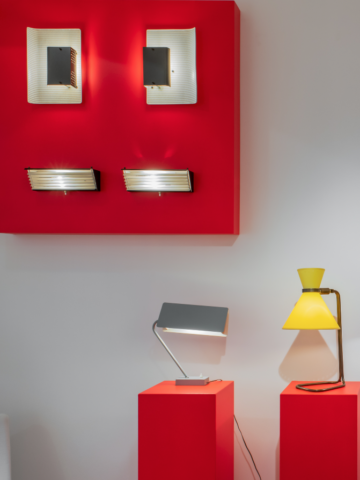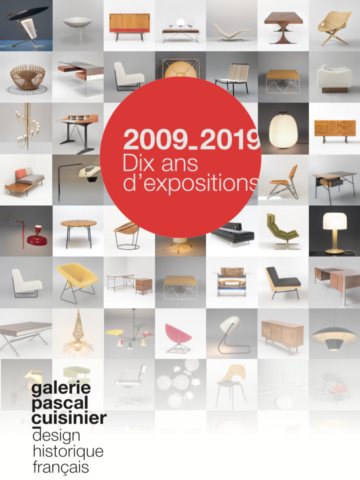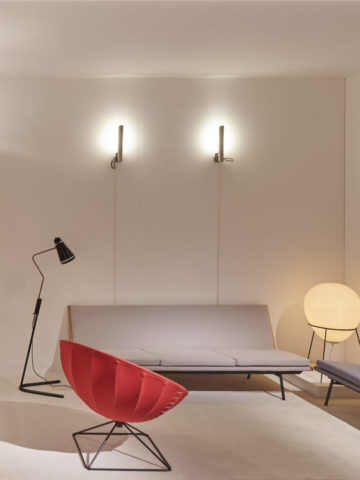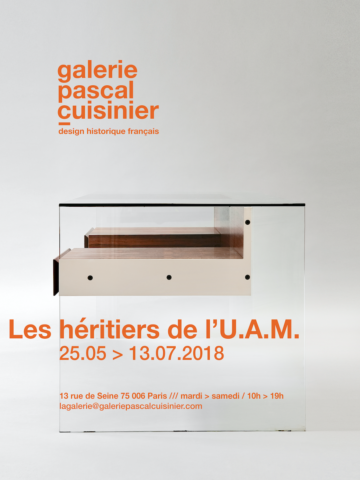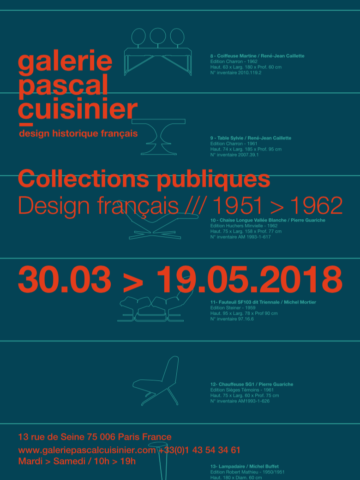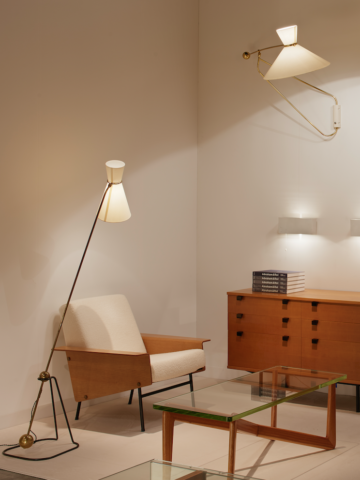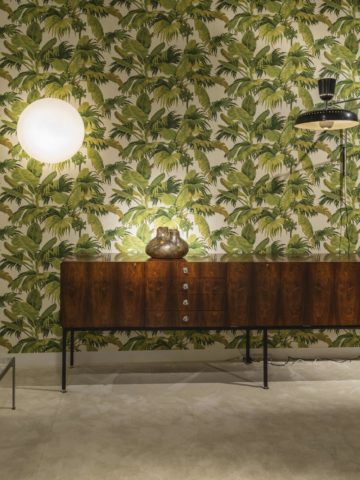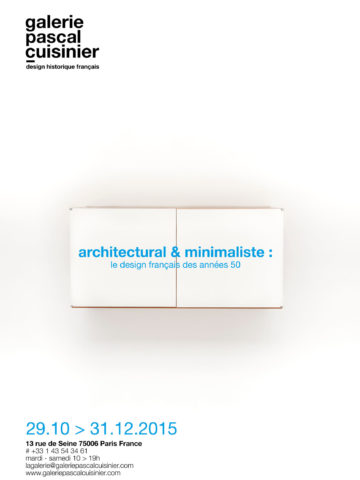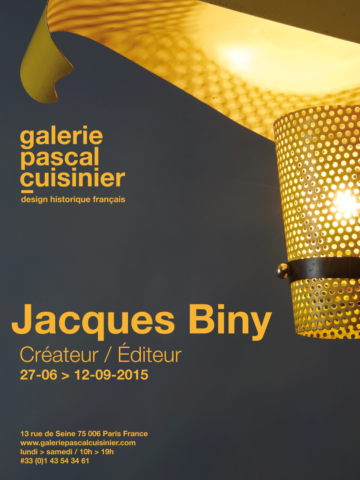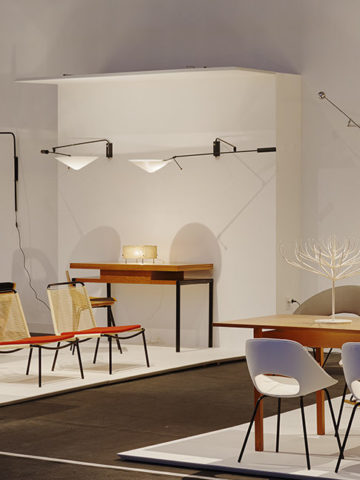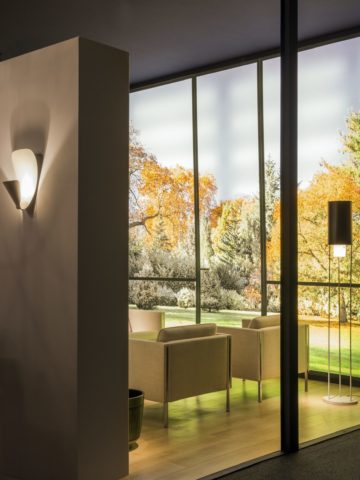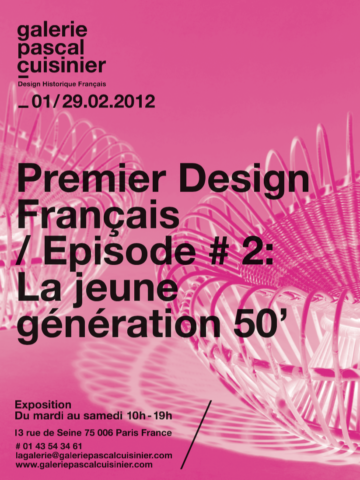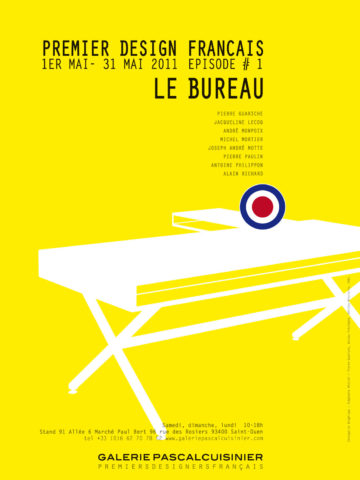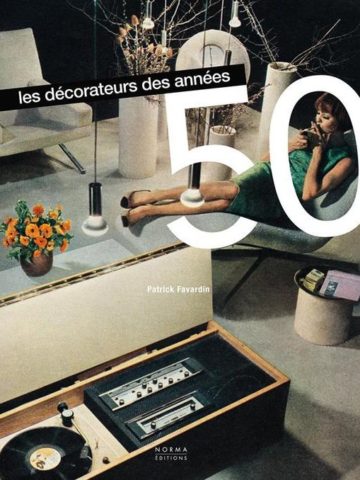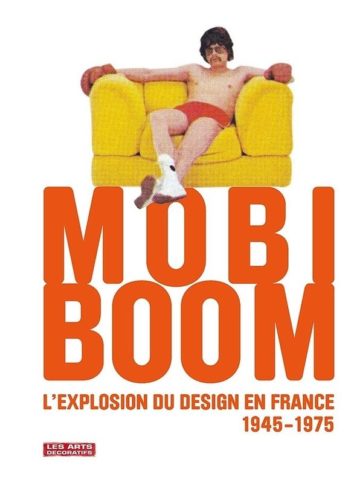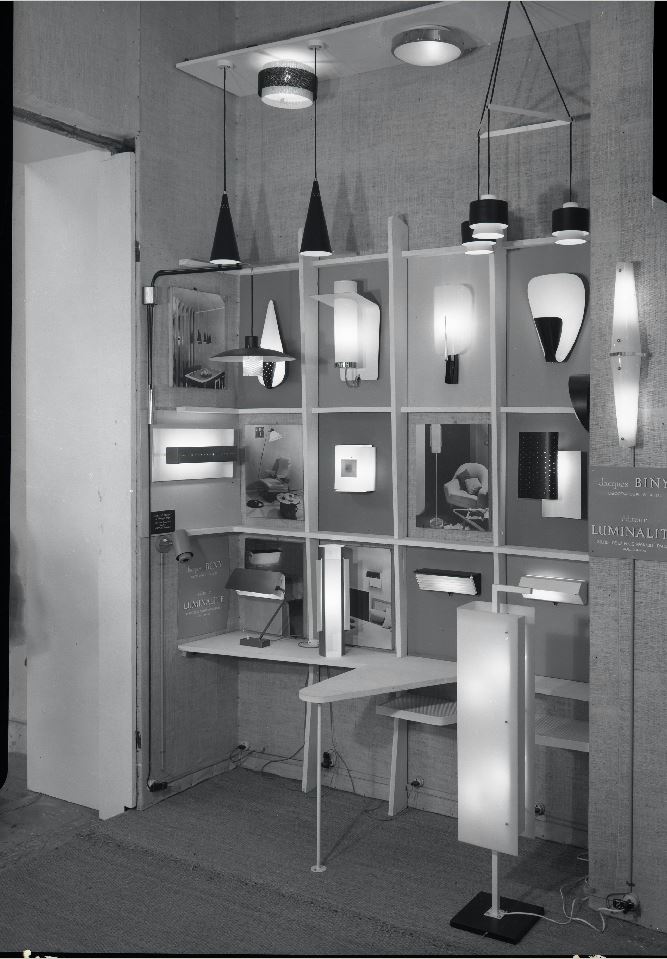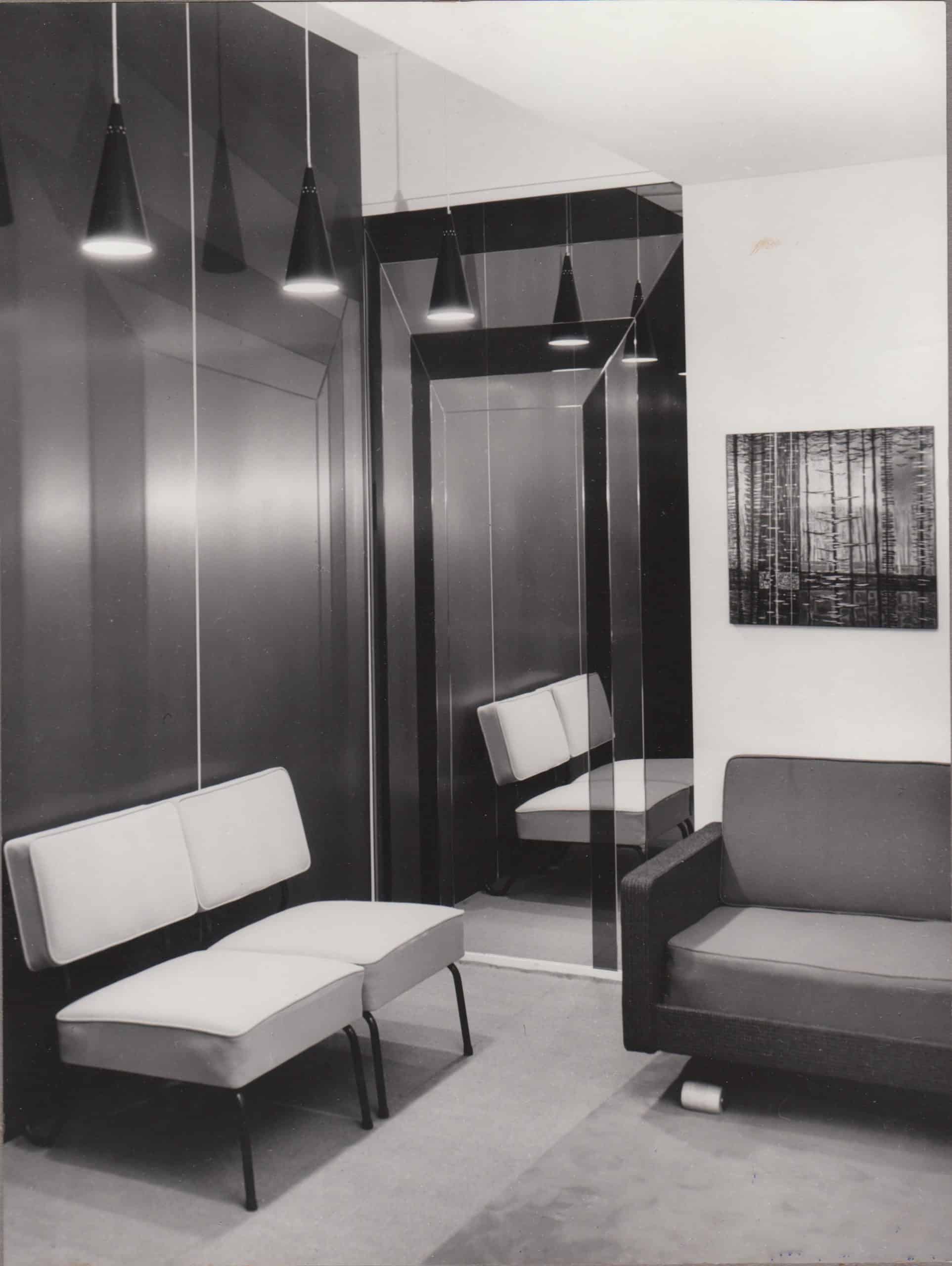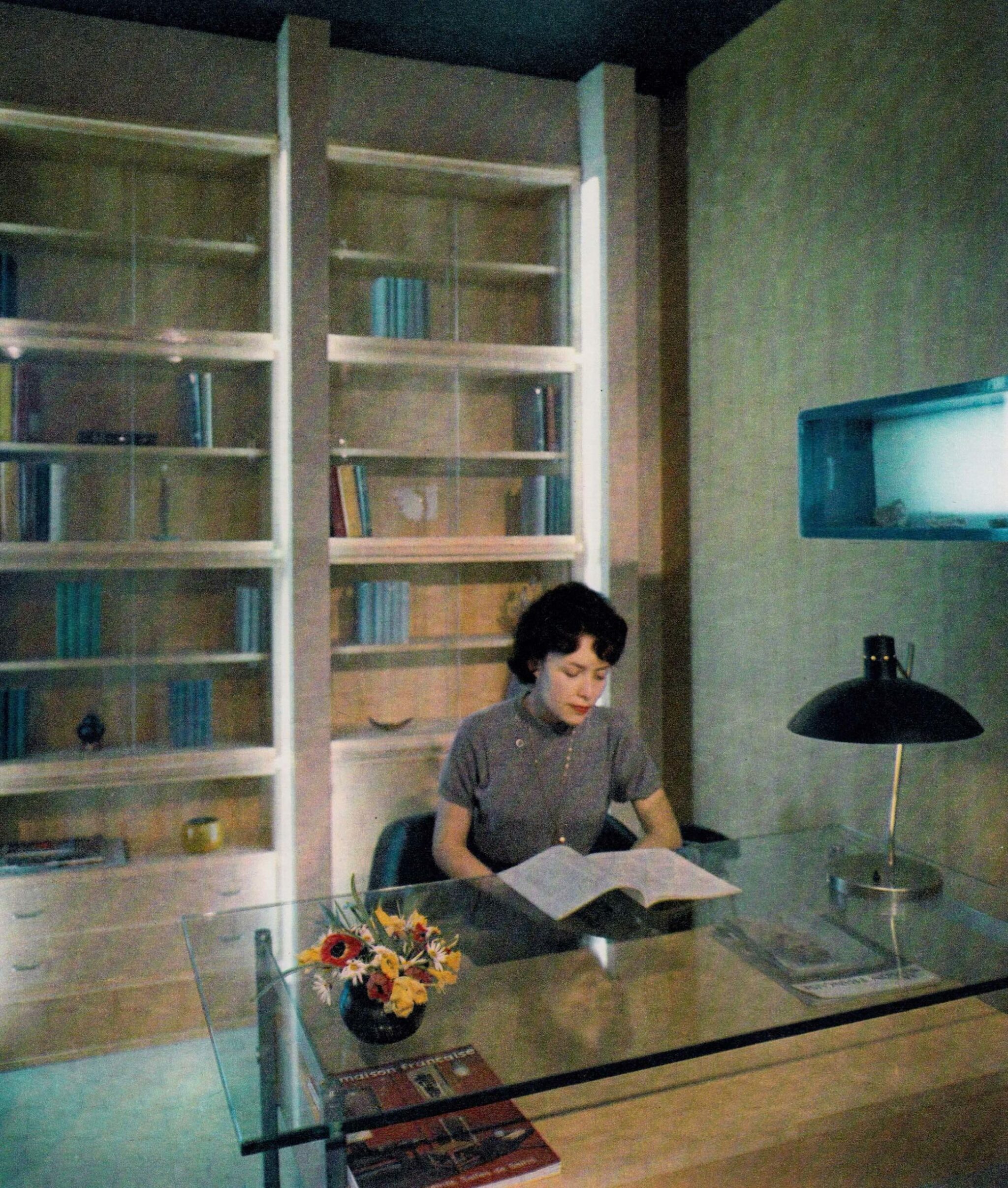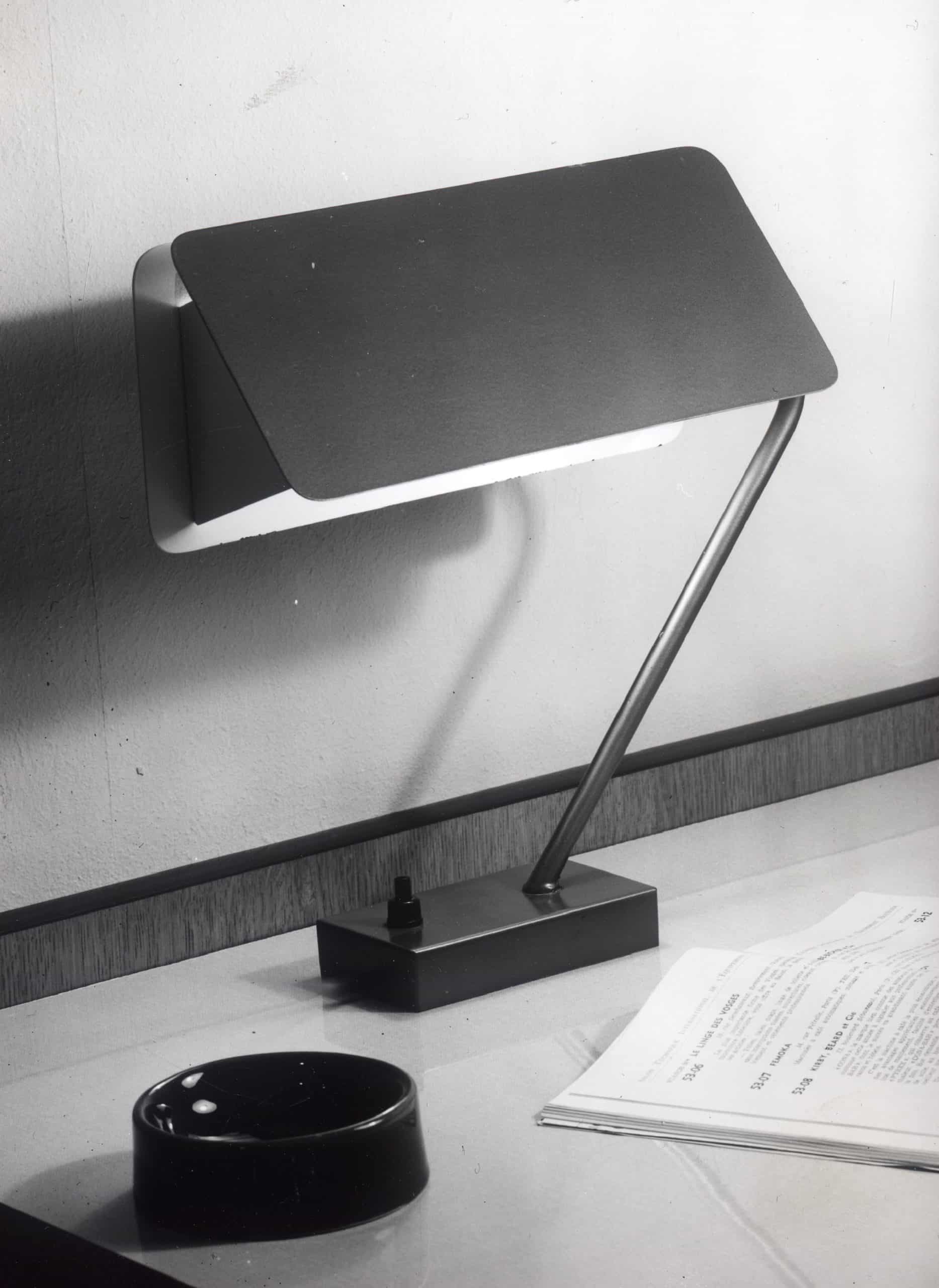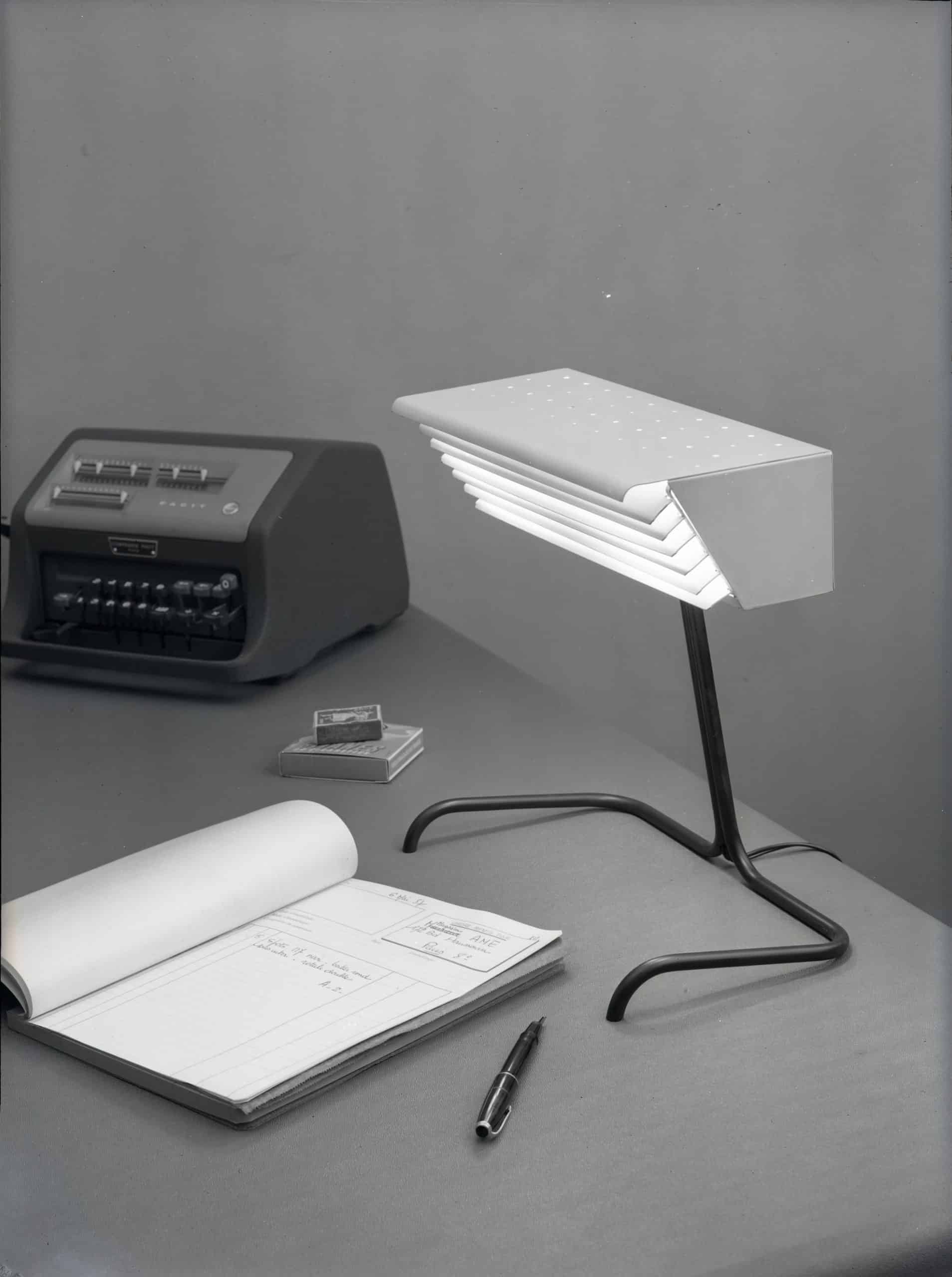Jacques Biny
1913 - 1976
Jacques Bini (Biny) was born on July 10, 1913, in Valence in the Drôme. He is the son of an ornamental staffer. He was quickly attracted by decoration and architecture and was already designing his first lighting fixtures. He joined the National School of Decorative Arts in Paris in 1932, then returned to his hometown after graduating in 1935.
Along with his activity as a decorator, which he exercises in the South of France, he designs lighting models manufactured by the staff company Décoration Architecturale. As for the Palace cinema, who was one of his first projects.
In 1950, determined to make on his professional project a reality, Jacques Biny decided to move to Paris and devote himself exclusively to lighting. He approached the company Omnialux for the manufacture of his first models, which he exhibited at the Paris Fair under the name Luminalite lighting. Its ceiling and wall lights represent the stylistic language of 1930s lighting, using both glass and brass.
The following year, the designer moved to 31, rue de Mogador in the 9th arrondissement of the capital and entrusted the manufacturing to the Kobis and Lorence establishments, which would present his models at the first “Luminalite” exhibition. The first perforated reflectors appear, as well as certain details and decorative elements that may appeal to the language of the 1940s, such as the leather cover or the perforation of the lampshade.
From then on, Jacques Biny devoted himself to the search for new forms in the service of a precise use and, distinguished himself for his creation of devices with a double effect of diffusion and refraction.
Between 1951 and 1952, he appealed on a young industrial designer, Michel Buffet, who produced some of the most beautiful models of the publishing house which solidify the reputation of the new manufacturer. The B206 wall lamp remains one of the most beautiful wall lights of the 1950s in France.
In 1953, Jacques Biny decided to found his own company “Luminalite SARL”, located at 38/40 rue de la Folie Regnault in the 11th arrondissement. The surface area of this space makes it possible to respond to orders intended for the hospital environment. Jacques Biny in his new function as editor took part in the same year at the Salon des Arts Ménagers as a designer, presenting both the range designed by Michel Buffet (wall lights B205 and B206, lamps B210 and B202) and some of his personal creations as the suspension 152.
In 1954, he designed the wall light 193 which will be produced in 660 copies to equip the 450 rooms of the university campus of Antony.
For the creation of its lighting devices, Biny is above all guided by the utility function. The shape and composition of the device are secondary and depend on the optimization of light, its main concern.
In 1956, he designed the wall lamp 212 and the lamp 231, made up of six slats of lacquered metal stacked and inclined, all in a simple metal formwork supported by a steel rod. This same device is used in the form of a sconce which directs the rays towards the book, leaving the rest in the shade.
In 1957, Gustave Gautier teamed up with Luminalite to create a range of lighting using the possibilities of Perspex, a material that he incorporated into the scenography of his stand for the Salon des Arts Ménagers.
The following year, Jean Boris Lacroix collaborated with the manufacturer for the creation of a brass desk lamp and colored paper lampshade presented at the Salon des Arts Ménagers. From then on, Jacques Biny is ance in the search for the possibilities offered by plexiglass, in collaboration with Gustave Gautier. In 1959, Gustave Gautier presented a new collection, designed around a semi-cylindrical metal piece split by random horizontal lines allowing the luminaire to sparkle. The openwork part is closed by a white plexiglass plate. He edited, with the help of Claude Fournel, two-dimensional light cubes in colored plexiglass, the others embedded by a patented system. Dismountable in a few minutes, the model offers the customer the possibility of assembling their lamp themselves. It is the advent of the kit lighting.
From 1964 Jacques Biny attacked the community market and breathed new life into his workshop. At the end of the 1960s, it was a Louis Baillon model, the 340 floor lamp with a “rise and fall” lampshade system which was selected by Formes Utiles, which once again distinguished the role played by Luminalite in the promotion of the lighting in France.
Jacques Biny died in 1976 and left the Luminalite workshop orphaned by a man who distinguished himself as much for his ability to bring together talents like Michel Buffet or Jean Boris Lacroix as for his technical mastery and his entrepreneurial vision. His multiple skills have enabled the creator / editor of tax.
Chronology
- Active member of the Société des Artistes décorateurs (Society of decorative artists)
- Member of the C.A.I.M (Créateurs d’Architecture Intérieure et de Modèles – Interior Designers and Model makers)
- Member of the Institut Français d’Esthétique Industrielle (French Institute of Industrial Design)
- Member of the Association Française de l’Eclairage (the French Lighting Association)
- Member of the Société d’Encouragement à l’Art et à l’industrie. (The Association for the advancement of Arts and Industry)
- Bronze medal of the Société d’Encouragement à l’Art et à l’Industrie
1960 / Equip’Hotel Bronze medal
1957 / Chosen to exhibit his work at the Milan Triennial Exhibition of Decorative Arts and Modern Architecture.
Chosen to exhibit his work in international exhibitions in the Netherlands and Germany
1953 -1964 & 1968 - 1969 / Showcased in the Formes Utiles exhibition
1961 / Second Prize, Mazda competition, the Equip’Hotel international hospitality trade fair
1971 / First prize, EDF competition, the Equip’Hotel international hospitality trade fair

